March 14, 2024 | Alex Likowski
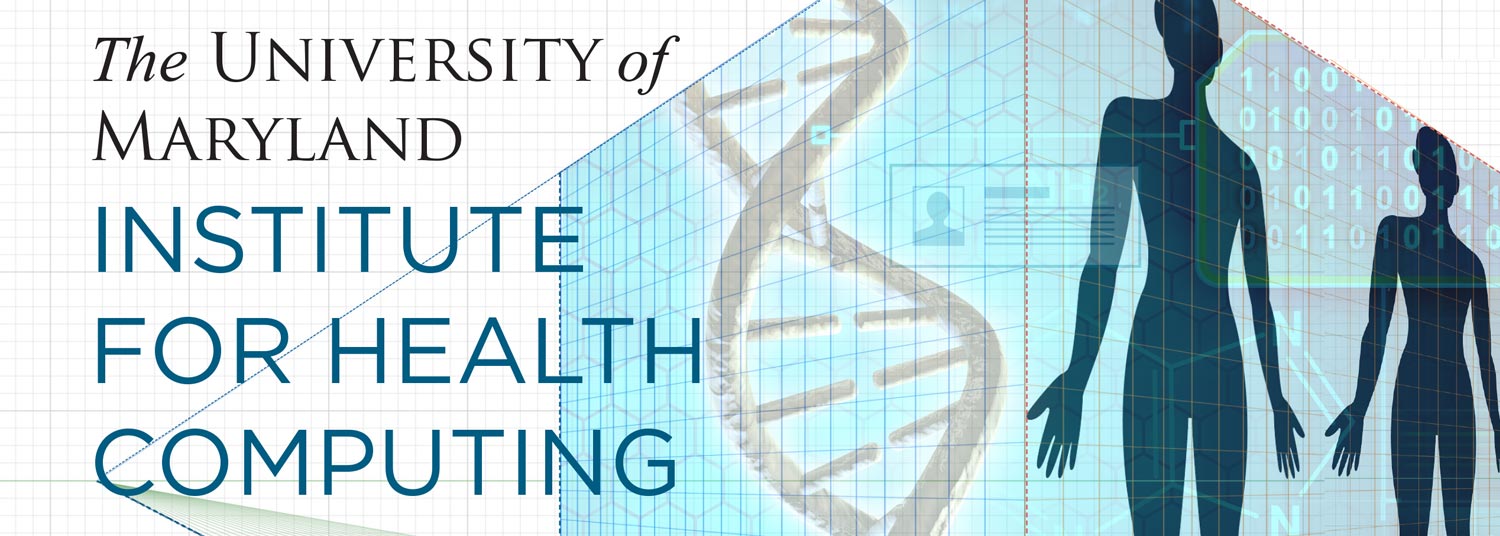
Lt. Governor Visits New Site , Ushering In New Era for Montgomery County
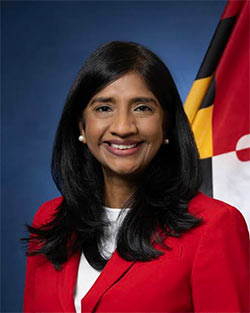
The UM-IHC is a strategic initiative that aims to improve the health and well-being of those living in Maryland and beyond using advanced computing tools like artificial intelligence, machine learning, and network medicine to create a premier learning health care system. It merges top-tier computational expertise and biomedical research with a vast clinical care network that is diverse socioeconomically and geographically. This network includes access to clinical trial data and de-identified electronic health records from 2 million patients in the University of Maryland Medical System.
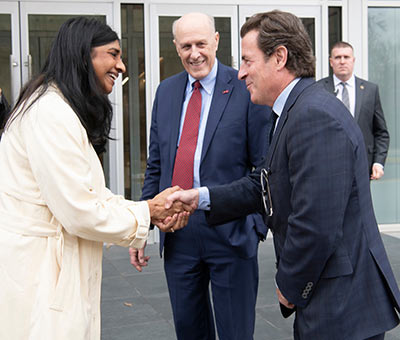
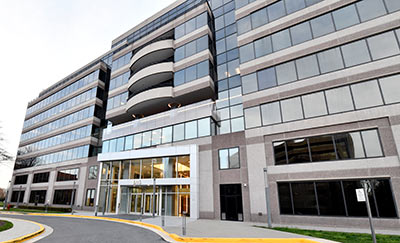
The 10-year sublease comprises more than 27,000 square feet of state-of-the-art technology and office space, which will serve as IHC’s home until a planned $200 million facility is completed at the North Bethesda Metro Station.
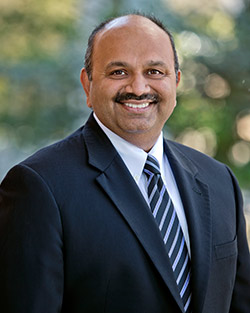
“The FDA has already signed a memorandum of understanding with us and they are looking forward to expanding the machine learning and AI group in very close partnership with the Institute for Health Computing,” explained Amitabh Varshney, PhD, Dean of the College of Computer, Mathematical, and Natural Sciences at the University of Maryland, College Park (UMCP). “So, we see this as a partnership that reinvigorates and revitalizes the fantastic opportunities between the federal government, industry, and the universities right here in Montgomery County and in the state of Maryland.”
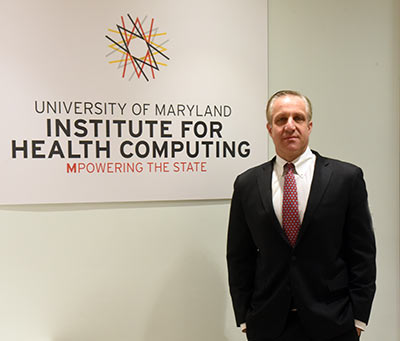
“Every step we take is looking to advance clinical outcomes, particularly focusing on health equity,” said Bradley A. Maron, MD, professor of medicine at UMSOM and co-director of the UM-IHC.
To illustrate the power of data science, Maron showed the group an analysis of the smoke infiltration from the Canadian wildfires last June, which increased by fivefold the amount of harmful chemicals in the air over communities all over the East Coast, like Baltimore.
“We then determined that this event was associated with a 40 percent rise in the need for people to see a heart or lung doctor just in that period of time,” Maron said. “This enables us to predict these events in the future and be prepared to deploy resources to affected or at-risk populations all across the region, regardless of their location or regardless of their risks that we know today.”
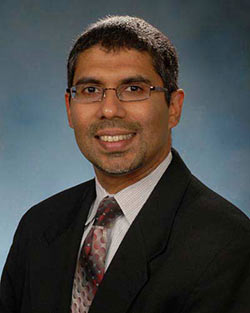
“As Dr. Maron alluded to, we serve very diverse communities in urban, suburban, and rural areas in the state of Maryland,” he explained. “We believe that the technological and computational advances at the IHC and the clinical trials that we conduct through the IHC will have an incredible impact on the patients we serve, and the citizens of Maryland.”
Another speaker, Esa Davis, MD, MPH, associate vice president for community health and director of health equity at UM-IHC, amplified the significance of the diversity of UMMS’ patient records.
“We have at the IHC a real opportunity to improve our health equity by transforming how we conduct community-focused research,” she said. “With our data science and data systems or new analytic techniques, such as AI, we're able to conduct large, neighborhood-focused and community partner research. That gives us the ability to identify and engage communities that experience health disparities and are often left out of large trials. We're also able to show whether or not these communities are receiving the interventions or therapeutics that meet the guidelines to improve health outcomes and inequities.”
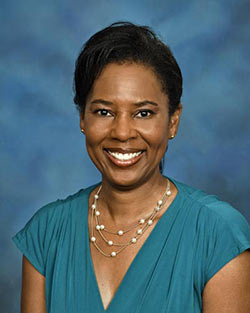
Since its launch in November 2022, the UM-IHC has been established into six core research areas:
- Applied Artificial Intelligence
- Bioinformatics
- Immersive Visualization
- Therapeutic Target Discovery
- Population and Community Health
- Real-World Evidence and Adaptive Clinical Trials
“We have a major opportunity to leverage new technologies to bring lifesaving therapies and new drugs and clinical trials to all the patients of Maryland, whether in West Baltimore or the Eastern Shore,” said Gladwin, who is also the John Z. and Akiko K. Bowers Distinguished Professor of UMSOM and vice president for medical affairs at University of Maryland, Baltimore. “For example, we're now launching programs that use data science to identify women who are newly pregnant and have hypertension that are of high risk for preeclampsia and high mother-baby mortality.”
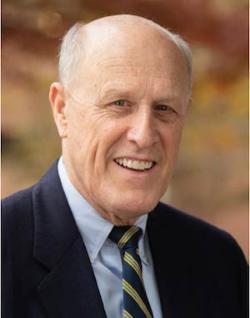
“This is a partnership that's hard to come by, and we hope that the partnership will expand rapidly to include other [University System of Maryland] system schools and students from all parts of Maryland,” said UMB President Bruce E. Jarrell, MD, FACS. “I expect to have students, faculty, and staff here. I expect us to be involved in economic development and workforce development in this county and the state. And I also expect us to really become a force to be reckoned with in this rich corporate and federal agency location."
Contact
Alex Likowski
alikowski@umaryland.edu
Related stories
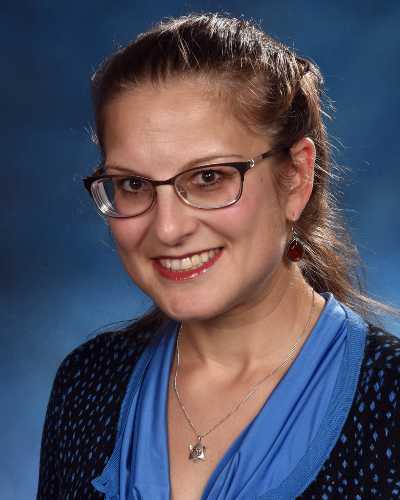
Friday, March 08, 2024
People with Diabetes Who Live in Rural Areas More Likely to Develop Complications of the Disease, UM School of Medicine Study Finds
It has been well established that people who live in rural areas in the U.S. are more likely to have diabetes and experience barriers to managing their condition compared to those who live in the suburbs and cities. Now University of Maryland School of Medicine researchers have measured the devastating toll of this health disparity.
